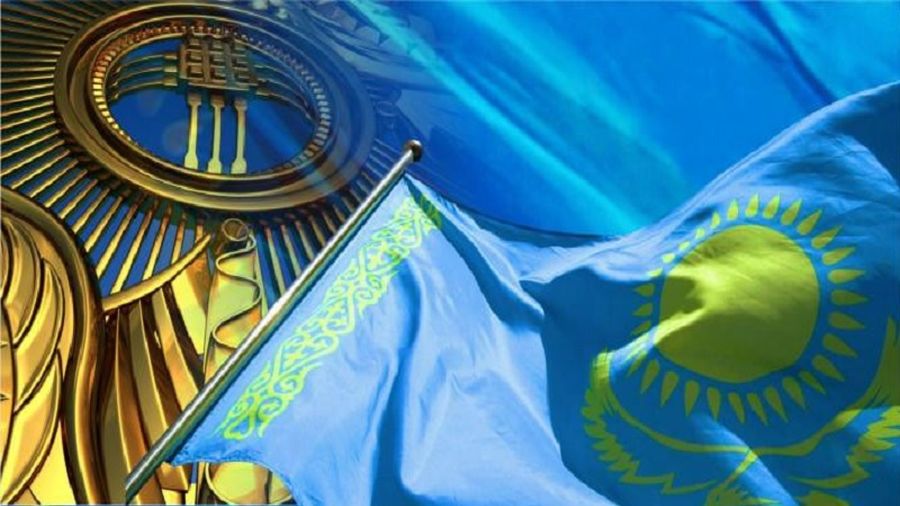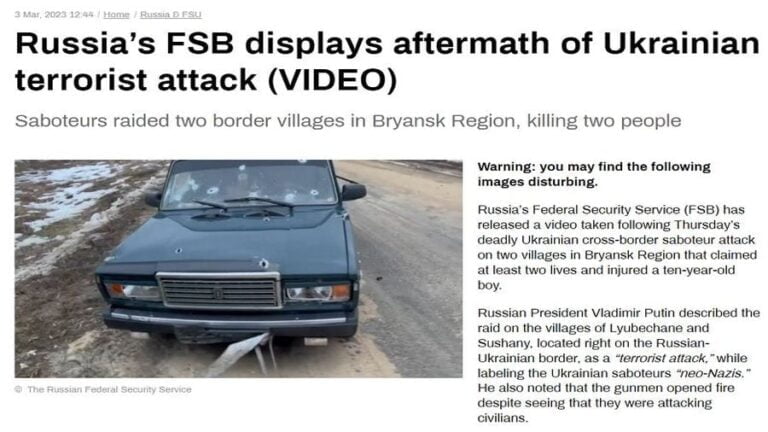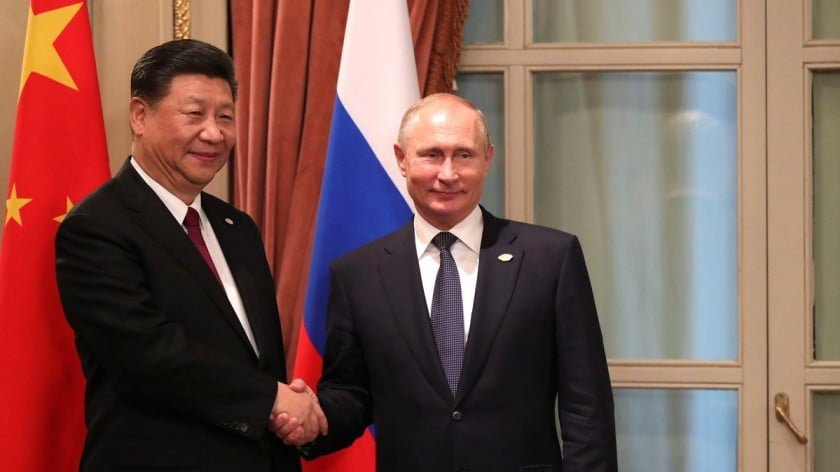Post-Hybrid War Kazakhstan Will Maintain Its Multi-Alignment Policy
Moscow is expected to remain the ‘first among equals’ in Nur-Sultan’s multi-alignment matrix though it’ll do well to keep an eye on Ankara’s comprehensive gains across the coming decade.
The success of the Russian-led CSTO’s limited peacekeeping mission in Kazakhstan has led to widespread speculation about that host country’s foreign policy in the coming future. Some Alt-Media Community gatekeepers like The Saker claimed that Russia purposely let the Hybrid War of Terror that it supposedly knew about in advance to worsen so that it could then serve as the pretext for launching a military intervention aimed at purging the Kazakhstani elite and subsequently taking control of its foreign policy. This was a completely false assessment that the author responded to in his recent analysis about how “Putin’s Spokesman Debunked Alt-Media’s 5D Chess Theory About Russia & Kazakhstan”.
As was argued, Russia doesn’t feel threatened by Kazakhstan’s multi-alignment policy since the Eurasian Great Power pursues its own “balancing” act between Great Powers, one that it’s even contemplating expanding into a jointly led and hemispheric-wide new Non-Aligned Movement (“Neo-NAM”) alongside India. The Kremlin’s only objections are whenever any given country’s multi-alignment policy credibly threatens its interests. Evidently, Moscow never felt seriously concerned about Kazakhstan’s annual Steppe Eagle exercises that that country’s American embassy notes are always with the US and NATO. While they might have made Russia uncomfortable, they didn’t risk threatening its security interests.
The same can be said for Kazakhstan’s relations with the Turkish-led Organization of Turkic States (OTS, previously known as the Turkic Council). The author reminded everyone in November 2020 that “Pan-Turkish Isn’t A Geopolitical Threat”, which Russian presidential spokesman Peskov recently agreed with when he wisely avoided the media’s manipulative pan-Turkish provocation late last year by remarking that Russia’s Altai is the historical center of the Turkic world in response to a map of this concept that was shared at the time with President Erdogan. While there objectively exist latent concerns about the future manifestations of Turkish influence, they presently don’t constitute any sort of threat.
The final dimension of Kazakhstan’s multi-alignment policy is its strategic relations with China. These perfectly complement Russia’s own with Kazakhstan and the People’s Republic as well. All three cooperate on the Eurasian Land Bridge, which is one of the Belt & Road Initiative’s (BRI) primary projects. Furthermore, the plans to synchronize the Russian-led Eurasian Economic Union (EAEU) with China’s BRI will immensely benefit Kazakhstan since it participates in both structures. Those who speculated that the CSTO’s limited peacekeeping mission was somehow or another intended to pressure Kazakhstan into gradually stepping back a bit from China are therefore completely mistaken.
Looking forward, it’s unclear to what extent the American vector of Kazakhstan’s examined policy will continue, at least in its military dimension. This prediction is due to the credible concerns that that country’s subversive anti-Russian “deep state” faction attempted to destabilize Kazakhstan as a desperate last-ditch effort to sabotage this week’s US-Russian talks on de-escalating the undeclared US-provoked missile crisis in Europe. Economic, financial, and investment ties might remain strong, but the future of their military cooperation remains questionable.
Ties with the OTS, by contrast, are expected to comprehensively strengthen as evidenced by Tuesday’s Foreign Ministers summit. All those countries’ top diplomats and the participating observers’ wholeheartedly supported their Kazakhstani peer. The Turkish Foreign Minister also suggested intensifying joint work on implementing the “Turkic World Vision 2040” plan that was approved during last November’s summit in Istanbul. This suggests that the Turkish dimension of Kazakhstan’s multi-alignment policy might become as equally important to it as the Russian and Chinese ones.
These observations, especially the last one with respect to Tuesday’s OTS’s Foreign Ministers summit, confirm that post-Hybrid War Kazakhstan will maintain its multi-alignment policy contrary to the weaponized fake news predictions spewed by some Mainstream and Alternative Media voices alike, each for their own reason but curiously towards the same end of misportraying Russia as neo-imperialist. Moscow is expected to remain the “first among equals” in Nur-Sultan’s multi-alignment matrix though it’ll do well to keep an eye on Ankara’s comprehensive gains across the coming decade.







